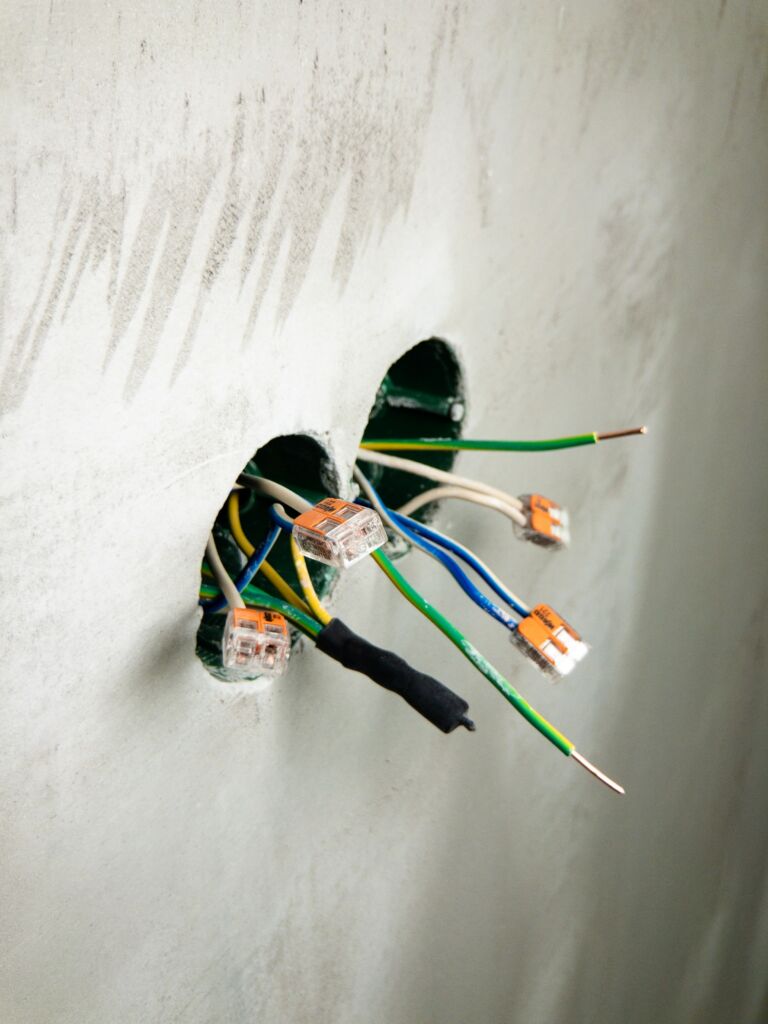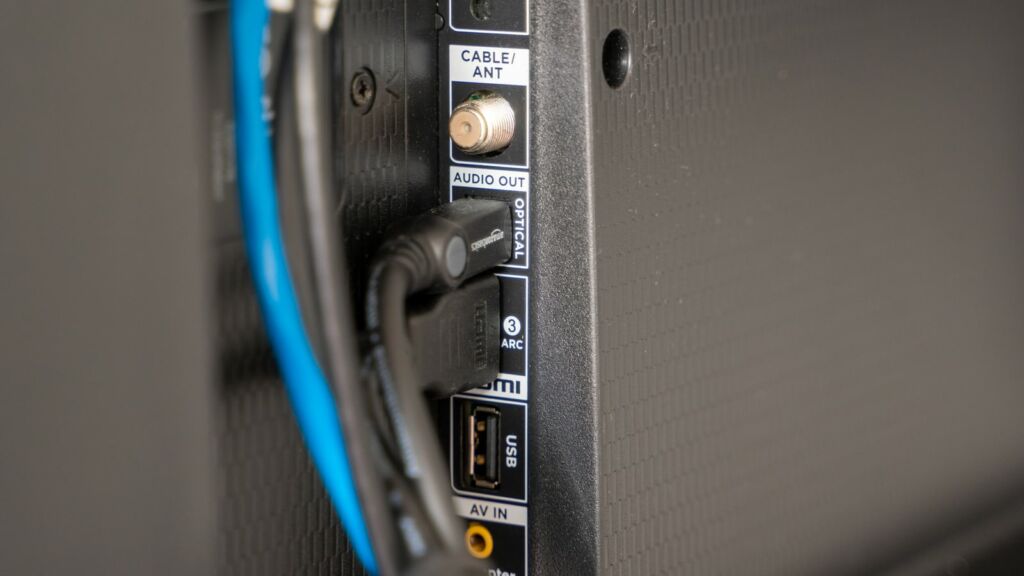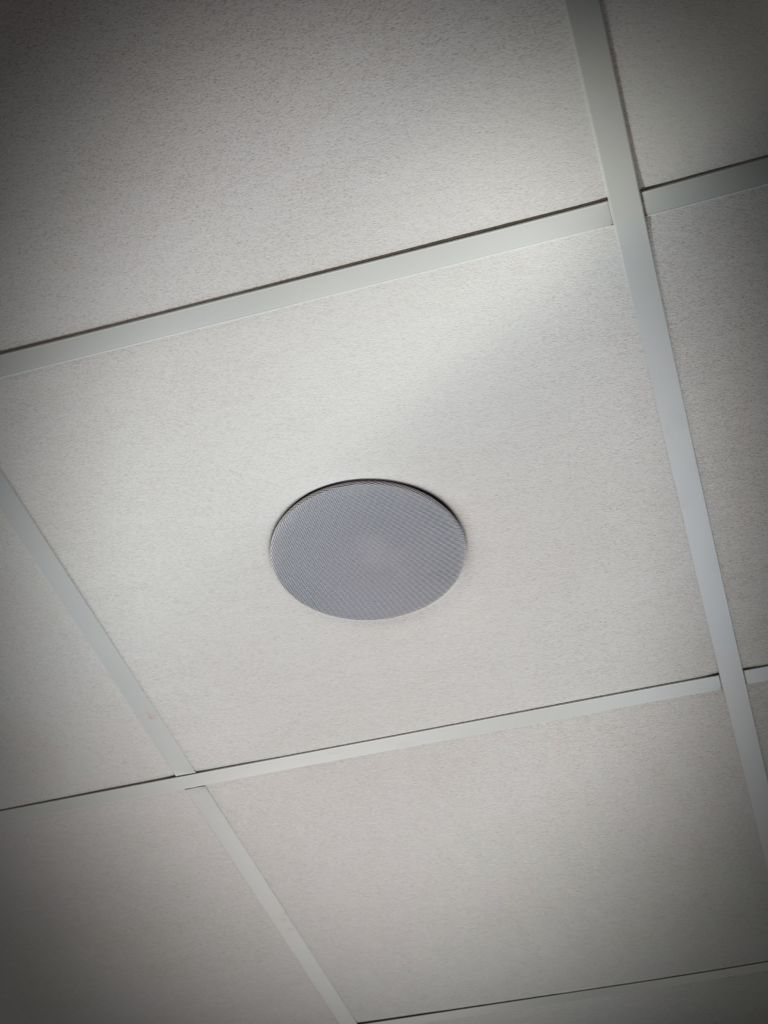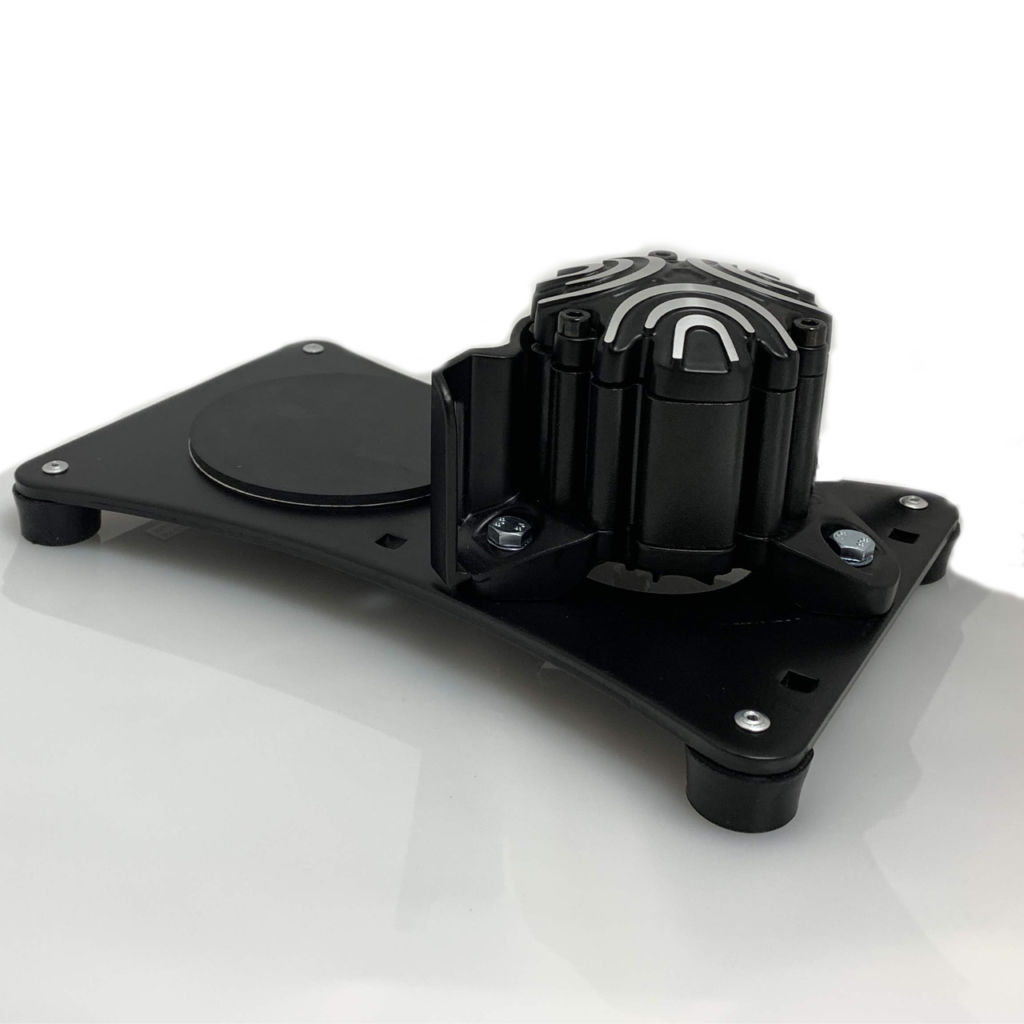Polk Signature Elite ES10 Review (Great Bookshelf Speakers)
Polk Signature Elite ES10 Review (Great Bookshelf Speakers)
The Polk Signature Elite ES10 speakers deliver high quality audio fidelity & immersive surround effects ideal for home theater systems, stereo, and near-field listening. They’re also compatible with Dolby Atmos and DTS:X formats, and feature Power Port technology for deeper bass.
Check Polk Audio Signature Elite ES10 Speakers Availability
While the front sound stage is the most important in a home theater, (the front left & right, center speaker) the correct surround speakers can still make a big difference.
Though both types of speakers play different parts, they can work together synergistically to create something special.
So in this review, we’ll look at the performance of these surround speakers to help determine whether they’re the right speakers for your cinematic experience.
Features
High-Res Audio Certified
The ES10s are High-Res Audio Certified, meaning they support higher resolution audio formats for a much higher fidelity sound quality.
Terylene Dome Tweeters
Terylene dome tweeters and curvilinear formers allows the speaker to extend above the human range of hearing, (40kHz) allowing for greater clarity in the frequencies you do hear.
Dolby Atmos & DTS:X Compatible
The Elite ES10 speakers work with 3D object based sound formats like Dolby Atmos & DTS:X, meaning they can be used as height & elevation speakers for a great surround sound experience.
Timbre Matched
Timbre matching is important as it ensures the cohesive blending of sound between your speakers and luckily the Polk Signature Elite ES10 are timbre matched to allow you to mix and match with any speakers in the Elite series lineup.
Dynamic Balance Technology
Through what Polk calls its Dynamic Balance Technology, meticulously optimized drivers and crossovers through laser imaging deliver a more natural and clear sound.
A Port For Better Bass Reproduction
Polk’s signature power port technology is on offer here too; to smoothly funnel airflow from the speaker’s port to your listening area, helping to reduce distortion.
It also extends the area of the bass port, giving a greater surface area to further increase its clean bass capabilities without chuffing.
In fact, Polk states that their Power port technology can tout a 3dB louder bass output than typical speakers.
Included Gold-Plated Five-Way Binding Posts
With gold plated 5 way binding posts, there’s a wide variety of connection options.
Powerful Low Resonance Ceramic Motor Structure
A clever design that also helps reduce resonance gives a more energetic and powerful sound
Anti-Diffraction Magnetic Grille
Minimizes sonic interference, giving a clean sound even when the grille is on.
Solid Build Quality
Due to their in depth engineering process that identifies & eliminates physical and electroacoustic abnormalities before they happen, Polk are confident in their Elite series speaker’s build quality.
Plus an MDF wood cabinet means a fuller and richer sound
Wall Mounting Capable
Wall mounting key holes on the back allows you to wall mount these speakers increasing your placement options.
Check Polk ES10 Speakers Availability
How To Set Them Up
Setting up the Elite ES10 is done just like you would with any other passive speaker.
Keep in mind speaker wire doesn’t come with it so that’s something you’ll need if you don’t have some already.
I use this one for reference.
But basically you would strip the speaker wire, attach the connectors to it, then plug it into the speaker.
There’s 5 way binding posts on the back so any connector would work, or you could forgo them all together.
Should you wish to wall mount them, the keyhole slot and threaded insert in the back would allow you to do just that.
For placing them optimally, I found that they worked best at a height of about 2 feet above ear level seated.
In the receiver I would also set the crossover to 80Hz and the sound signature to small so that the speakers are only responsible for those higher frequency sounds.
Their Sound Quality
Their Solo Performance
Gauging the audio quality of surround speakers is slightly more difficult than traditional speakers as a large portion of the sound mix typically doesn’t come through them.
Bass is handled by the subwoofer, and another portion is handled by the front sound stage.
So the way I like to do my reviews with surround speakers is testing them like a normal right/left speaker by themselves first, then as satellite speakers in an entire home theater system after.
That’s just to see what they can do since different products will have different capabilities.
But upon trying one of my favorite movies, (Pacific Rim) with these speakers & my TV, I was immediately blown away.
The level of clarity in their audio signature was mind blowing, and even more so when keeping in mind they performed like that when they weren’t meant to be a front soundstage speaker.
Every sound, from the mechanical gears & VFX in the mechs, to their lumbering movement as they rushed forward was represented with such pristine detail that it sounded real in the room.
Regarding their specifications, they tout a 78Hz to 40kHz frequency response which helped with their clarity.
Though frequencies that high are inaudible to the human ear, its ability to go that high allows it to handle the frequencies you can hear that much easier.
This was something I noticed; not to mention there were additional sounds I heard that I actually didn’t notice before.
Testing them with other movies was essentially the same story; a high degree of incredibly dynamic & immersive audio with their treble.
Sensitivity was on the lower side at 84 dB so you’ll want a receiver or amplifier with sufficient power to properly drive them.
Bass output was good too, but I’d still opt for using a subwoofer if those absolute deepest notes are important to you.
But it’s good to know these speakers are capable — meaning you could set your sub’s crossover lower for more power in those lower frequency ranges.
Even as a near-field or stereo setup, I think that these would still do fairly well.
Check Polk ES10 Speakers Availability
How They Performed In A Surround System
But as for how they performed with their intended usage, as surround speakers, they were fantastic.
Even with use in a non timbre matched system, these speakers provided subtle yet substantial details that really made movie watching a treat.
It’s really hard to articulate exactly what I mean, but just play one of your favorite movies and you might understand where I’m coming from.
Highs are crisp, and mids are warm & full bodied making for an incredible sounding surround speaker.
I’d easily say they’re worth it in my opinion, with their compatibility with different systems showcasing their versatility.
This is elevated even further when you use them with Atmos or DTS:X enabled content, and is where they really shine. It’s like they make everything seem real.
There was definitely more than one instance where I would hear something and wonder if it was the speakers or real life.
That’s a testament to a truly quality speaker I feel.
Not even to mention they look absolutely gorgeous and don’t take up that much space.
At only 6 pounds, they’re much lighter than some of the other speakers out there that don’t perform nearly as well as this one does.
To cut a long story short, if you’re looking for a high quality surround sound speaker to give you that movie like surround sound, then these are an awesome choice.
They certainly get a recommendation from me.
Check Polk ES10 Speakers Availability
Appearance
So the cool things about these speakers when it comes to their appearance is that they come in 3 colors to match just about every room setting; Walnut, Black, and White.
They’re the smaller variant in the signature Elite series that also includes the ES15 & the ES20 models.
I went with the Walnut because it slightly reminded me of the RTI A3s, but they all look amazing honestly.
To put it bluntly, they’re gorgeous speakers, and look even better than pictures show in my opinion.
With the removable magnetic grille on, aside from a small Polk branding on the bottom, they’re pretty low-key.
However it’s when you remove them that their look completely changes.
An eye catching gold tweeter and driver make for a striking appearance, and the words Polk Audio and American Hifi along with their established date of 1972 is situated on the top.
There’s even the words Polk signature series placed on the drivers themselves.
The fact that Polk places this here I think speaks to their inherent confidence that they know they’re offering a good looking, high performance speaker and it shows.
The MDF wood they’re made of had a nice texture to it too, and made it feel really solid and premium.
In terms of weight, they come in at around 6 pounds — and when in the hands, I thought they struck a good middle ground between feeling solid & not being too heavy.
With regards to their size, they measured 8.39 inches high, 5.39 inches wide, and 6.1 inches deep, so I wouldn’t say they’re large.
Concerning their overall aesthetics though, I’d say the Elite ES10 has a really contemporary design, paying homage to the company’s storied history.
It does this while simultaneously bringing its aesthetic forward in a modern setting.
It’s a fusion that works wonderfully, and makes for a speaker design that’s hard not to admire.
Likes
- Unbelievable clarity
- Gorgeous appearance
- Dolby Atmos/DTS:X compatible
- Great for high res music & movie formats
Dislikes
- No included speaker wire
- 84 dB sensitivity
Final Thoughts
That about does it for this Polk Signature Elite ES10 review.
In summary, these are a great pair of surround sound speakers that manage to add a surreal level of immersion and atmosphere to whatever it is you’re listening to.
Their attention to detail and clarity is noteworthy, and coupled with their ability to play Atmos content, they’re undoubtedly worth your attention.
Check Polk ES10 Speakers Availability
Specs
Box Contents
- 2 Bookshelf loudspeakers
- 2 Grille (attached)
- 8 Self-adhesive rubber feet
- Wall-mount template
- Owner’s Manual
- Online Product Registration
Inputs & Connectivity
5-way gold-plated binding posts
Total Power Ouput
100 watts
Sensitivity
84 dB
Bass Driver
4 inch mica-reinforced polypropylene Dynamic Balance® cone driver
Tweeter
1 inch Terylene high-res dome tweeter
Frequency Response
78 Hz-40,000 kHz
Impedance
8 Ohms
Dimensions
6.18 x 5.39 x 8.39 inches
Weight
6 lbs (13.2 kg)







